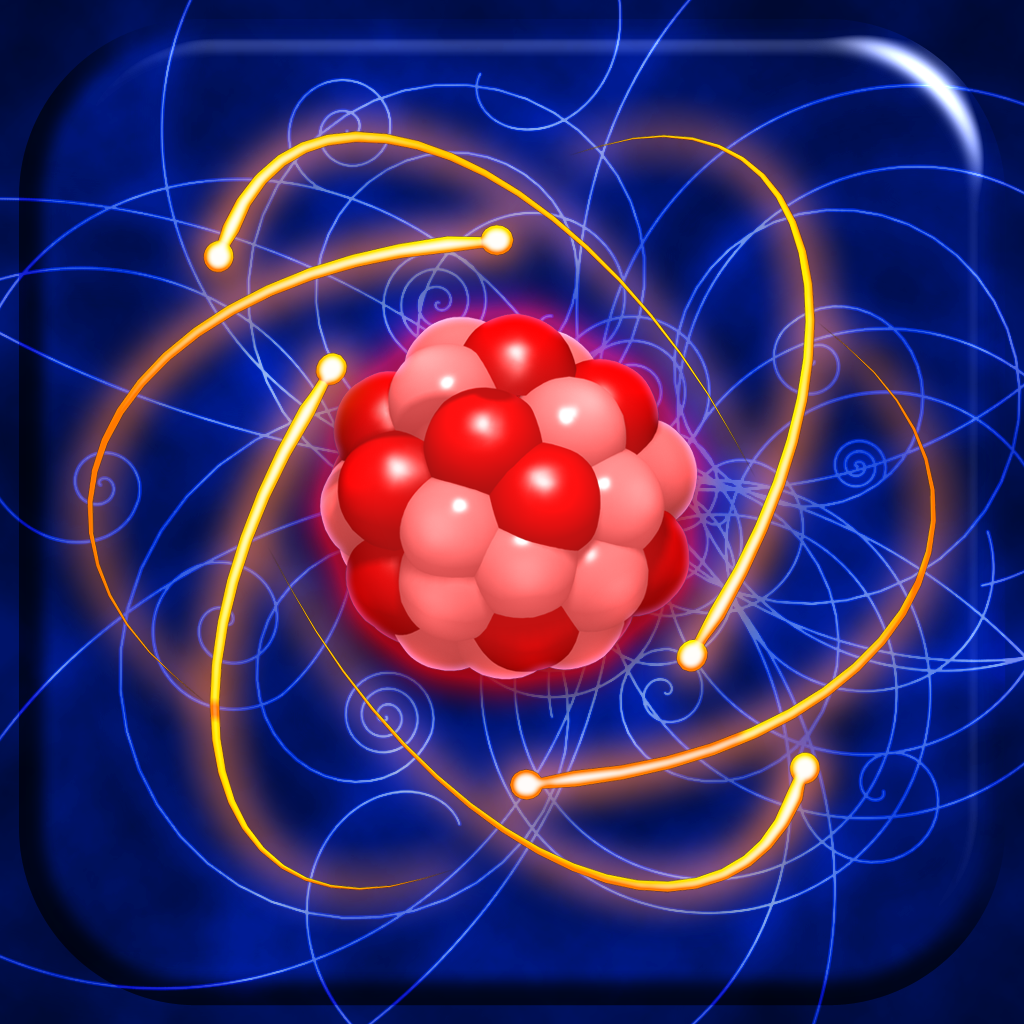Atomic Fusion: Particle Collider Review

- Publisher: Bytesized Studios Inc.,
- Genre: Entertainment
- Released: 22 Jan, 2014
- Size: 35.8 MB
- Price: FREE!


PROS
- Makes chemistry fun
- Simple, frantic mechanic
- Beautiful visual and sound design
CONS
- Eventually the simplicity becomes repetitive
- The fast pace of the action distracts from the science
VERDICT
Though it's a rare feat to successfully merge enjoyable gameplay and education, Atomic Fusion: Particle Collider manages to bring an entertaining slant to the periodic table.
- Full Review
- App Store Info
There are few games that try to utilise the periodic table as a gameplay mechanic. Bytesized Studios has done just this, howeve,r with Atomic Fusion: Particle Collider, a collect-'em-up that mixes elements from Ikaruga, Osmos, and basic chemistry.
Starting as tiny a hydrogen molecule, your aim is to build the little element up from Helium to Lithium, right the way to Ununoctium, the largest theoretical element. To do this, you must gather positive and negative energy charges that radiate out through an empty landscape.
If you want to collect positive charges, the neutron at the center of the molecule must be orange. When collecting negative charges, the same neutron must be blue. By touching either side of the screen you can propel the atom through the world, while tapping with your other thumb will change its charge.
The difficulty comes through the increasing rate of the radiation. Multiple blue and orange rings expand at a varied rate of speed, forcing you to flip the molecule's colour appropriately. Missing a switch and touching the wrong colour causes you to lose energy, matching the right colour will increase the charge until there is enough to evolve into the next element.
It sounds simple, but quickly becomes frantic. Rings expand at an alarming rate, and can even change colour mid-expansion, requiring careful coordination and timing.
On top of this there are electrons to collect. These act as an additional power sources, clearing the screen when necessary. Gathering eight of these – which incidentally is the number of electrons that elements strive for in their valence shells (look at us go) – unlocks this ability, which can be activated with a tap of the screen.
When an elemental transformation occurs, a box appears around the newly formed element – framing it as it would be on the periodic table. This visual flair merges beautifully with Atomic Fusion: Particle Collider's dreamy looks and audio, create an air of mystery that feels suits the subject matter.
Atomic Fusion: Particle Collider may offer little in terms of variation, but manages to be by turns frantic, calming, and charming.






























